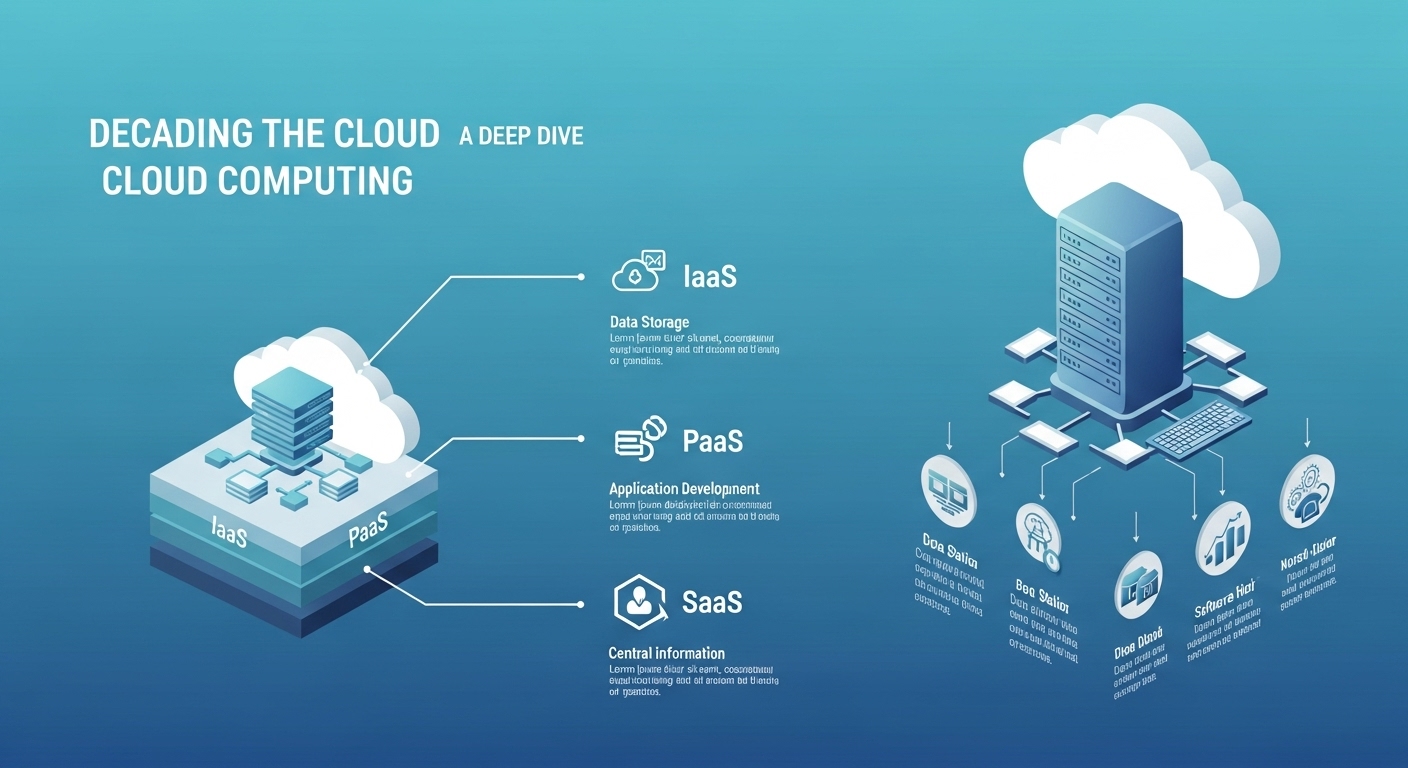**Understanding the Cloud: A Comprehensive Guide**
In today’s digital age, the term ‘cloud’ is ubiquitous, often used to describe services, storage, and even entire ecosystems of technology. But what exactly is the cloud, and why has it become such an integral part of our daily lives? In this blog post, we will delve into the world of cloud computing, exploring its history, significance, applications, and future trends.
**A Brief History of the Cloud**
The concept of cloud computing dates back to the 1960s when the idea of an “intergalactic computer network” was proposed by J.C.R. Licklider, an American psychologist and computer scientist. However, it wasn’t until the late 1990s and early 2000s that the term ‘cloud computing’ gained popularity with the rise of internet-based services.
Companies like Amazon, Google, and Microsoft played a significant role in popularizing cloud computing by offering scalable and cost-effective solutions for storage, processing, and hosting services. Today, the cloud has evolved into a dynamic and versatile platform that powers a wide range of applications and services across various industries.
**The Significance of Cloud Computing**
Cloud computing has revolutionized the way businesses and individuals access, store, and manage data. One of the key advantages of the cloud is its scalability, allowing users to expand or reduce resources based on their needs. This on-demand model has made it easier for organizations to adapt to changing market conditions and scale their operations efficiently.
Moreover, the cloud offers enhanced security features, data redundancy, and disaster recovery capabilities, making it a reliable and secure platform for storing sensitive information. By offloading storage and processing tasks to cloud providers, businesses can focus on their core operations and innovation without worrying about infrastructure maintenance.
**Applications of Cloud Computing**
The applications of cloud computing are vast and diverse, spanning across various industries such as healthcare, finance, education, and entertainment. In healthcare, cloud-based electronic health records (EHRs) enable healthcare providers to access patient data securely and collaborate in real-time. Financial institutions leverage cloud services for risk analysis, fraud detection, and compliance monitoring.
In the education sector, cloud-based learning management systems (LMS) facilitate remote learning and collaboration among students and educators. Streaming services like Netflix and Spotify rely on the cloud for content delivery and personalized recommendations. The gaming industry has also embraced cloud gaming services that allow players to stream games without the need for high-end hardware.
**Future Trends in Cloud Computing**
As technology continues to evolve, several trends are shaping the future of cloud computing. Edge computing, which involves processing data closer to the source to reduce latency, is gaining momentum with the proliferation of Internet of Things (IoT) devices. Multi-cloud and hybrid cloud strategies are becoming more prevalent as organizations seek to leverage multiple cloud providers for enhanced flexibility and resilience.
Artificial intelligence (AI) and machine learning (ML) are being integrated into cloud services to automate tasks, improve decision-making, and enhance user experiences. Serverless computing, where developers focus on writing code without managing servers, is simplifying application development and deployment processes. Quantum computing holds the potential to revolutionize cloud computing by enabling complex calculations and simulations at unprecedented speeds.
**Conclusion**
In conclusion, the cloud has become an indispensable part of our digital landscape, empowering businesses and individuals with scalable, secure, and innovative solutions. From its humble beginnings to its current state of ubiquity, cloud computing continues to drive advancements in technology and shape the way we interact with data and services. As we look towards the future, the cloud will undoubtedly play a central role in driving innovation, efficiency, and connectivity across industries and societies.

